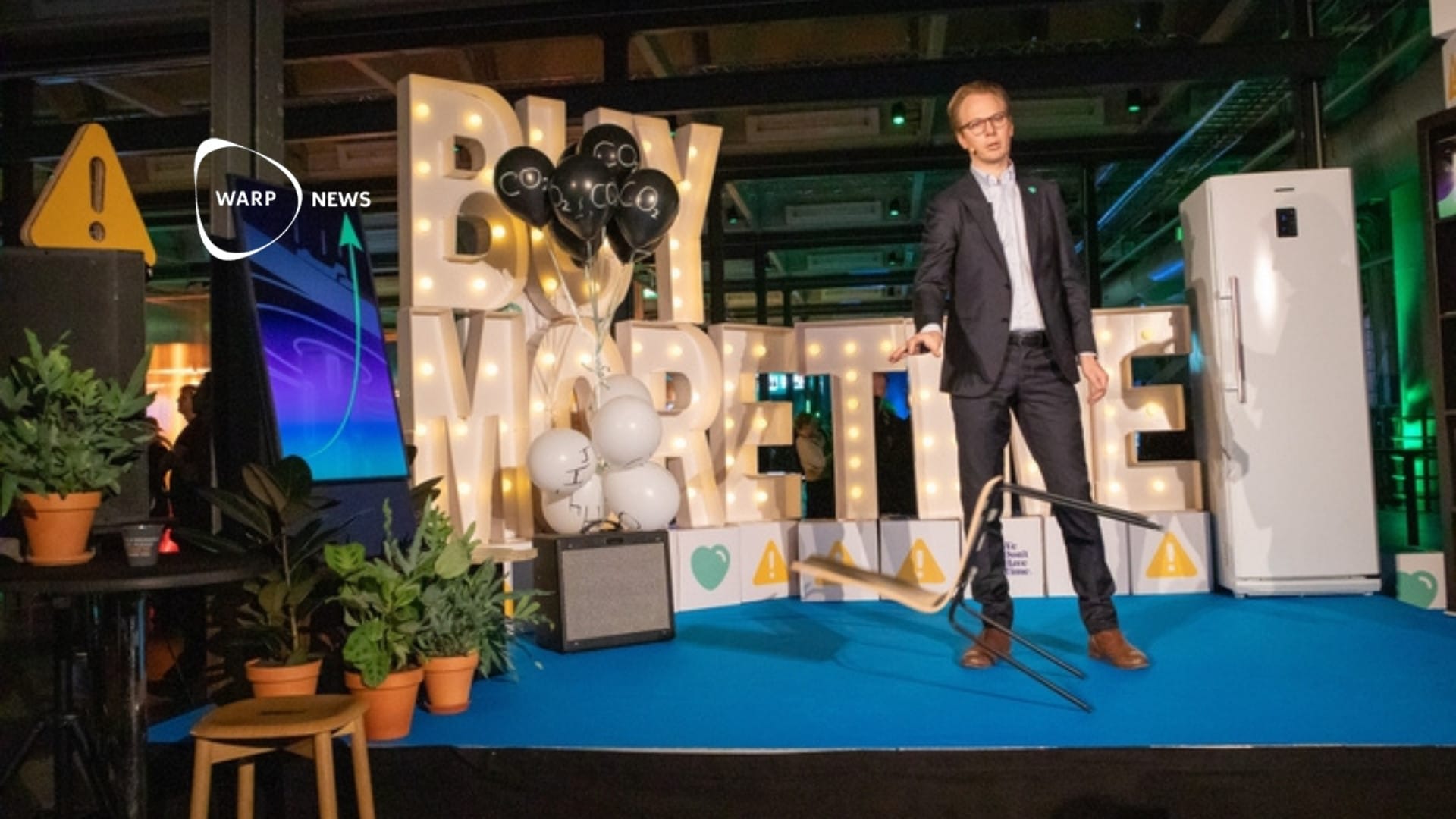♻️ Green Tech
Green Tech is an important part of the solution of climate change and other enviromental problems. Here you will find articles covering recycling, water purifying and tech used to conserve and protect natural resources. Also, news about Warp Green Tech Program will be found here.
🌎 Buy time: How we can reduce global warming by 0.5 degrees in the short term
Methane is 86 times more powerful as a greenhouse gas than carbon dioxide but disappears from the atmosphere after just 12 years. By focusing on reducing methane emissions, we can have a rapid effect on global warming.
⚡ New drilling technology from the oil industry provides fossil-free electricity around the clock
The cost of drilling geothermal wells has decreased by 80%. Cold water is pumped down four kilometers into the ground through a hockey stick-shaped borehole and heated to steam by the heat down there. The steam returns through a parallel borehole and drives turbines that produce electricity.
🌡️ Heat pumps reduce energy use by 40 percent, according to a new study
A new study shows that heat pumps significantly reduce household energy consumption. Household carbon dioxide emissions decreased by 36 percent. Time-of-use electricity tariffs caused households to more than double their electricity consumption during off-peak hours and halve it during peak hours.
🌞 Australia leads the world in rooftop solar energy
Australia has installed rooftop solar panels on a scale that surpasses all expectations. More than a third of all households in the country now generate their own electricity from the sun. Home-based solar energy accounts for 11.6 percent of electricity production in Australia's main power grid.
🏭 Coal power in the richest countries peaked in 2007 - and has halved since then
OECD countries' coal power production has decreased by 52 percent since the peak in 2007. Over a third of OECD countries are now completely free of coal power. Three-quarters of OECD countries are on track to phase out coal power by 2030.
🌾 AI-driven weed controllers reduce the need for herbicides by 90%
New technology reduces herbicide use by up to 90 percent. AI-controlled cameras identify weeds for precision treatment. Using less herbicide through precision applications can help lower costs for growers.
📈 Solar energy grows fastest in Central and Eastern Europe
Electricity production from solar parks in Central and Eastern Europe increased by 55 percent during the first seven months of 2024 compared to the same period in 2023. Poland and Hungary account for the strongest growth in large-scale solar energy in the region.
🌊 Minesto delivers ocean energy to the grid with tidal kites
Minesto's tidal kites have been generating electricity to the grid for three months. They generate electricity from ocean currents using a method similar to a kite flying in the wind. Test data shows that the technology is ready for commercial production.
🔋 New battery technologies expand possibilities for renewable energy
Several new types of batteries are in development. Zinc-bromine flow batteries offer a safe and sustainable solution for energy storage. Organic flow batteries with solid materials increase storage capacity compared to conventional flow batteries.








